I'm designing PCB which has pin header connectors(0.1" pitch). So my question is - Is it the standard to put female headers onto PCB and solder male headers to wires or vice versa?
My idea is next: Female pin headers is better to put on PCB. Why? They are protected with plastic around them, so you can't accidentally short connections and damage PCB(assuming that PCB is more expensive than female headers).
PCB has 34 pins for Arduino and DS3231 module(those pins will be female pins), six pins are signal pins, one is VCC, one GND pin.
